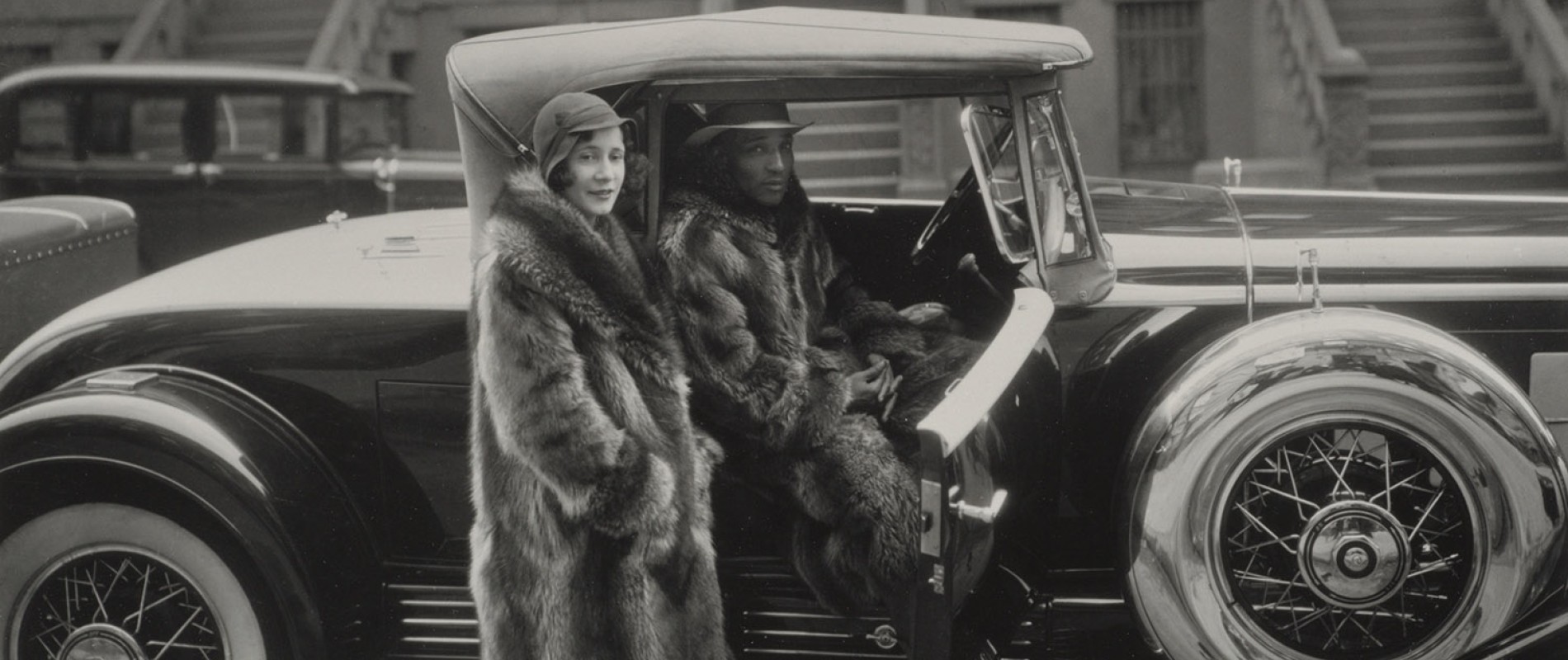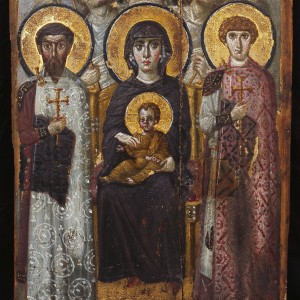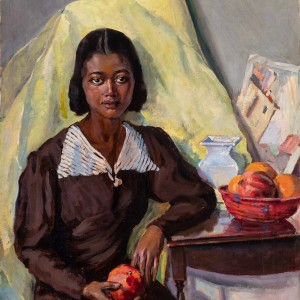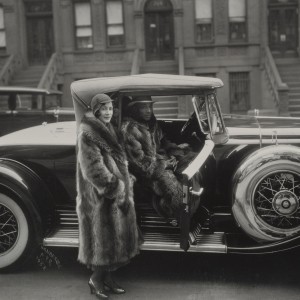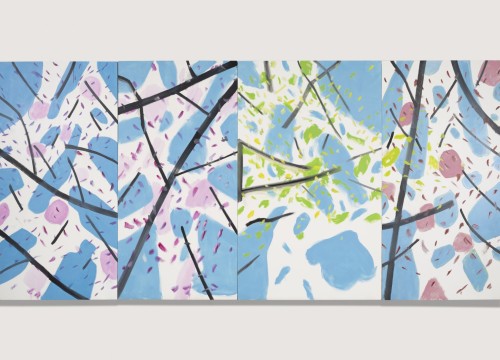An exhibition presents Byzantine African art, the other investigates the ‘900 Harlem Renaissance
Our Lady Kyriotissa (“Ruler of the world”) seated on a throne with the Child in his hand. They both look up, slightly to our right, towards eternity, but not directly. It looks like a goddess, probably Isis, first Egyptian, then Roman, finally Christian. Next, in slight prominence, two saints in sacred and military vestments, the only ones from the incarnation of this world, the severe gaze turned to us, as to mark a threshold and prevent a passage. Behind, two cherubim, turned to the Hand of the Lord that descends from above, over the head of Mary and Jesus, as if to want to draw them upwards with him.
Change of scene
Madonnas of Southern Europe, delicate traits, straight or slightly wavy hair, often veiled, in dialogue with Madonnas of the North - faces so different and so similar - all about to hear the words of God reported by the Angel, or torn by pain in front of the Crucifixion. They are madonnas less distant than those drawn by the Greek style, as Vasari called the art of Byzantium, more human and less “iconic”. But despite the differences, in every time and at every latitude the history of the world, of grace and salvation, is the history of a mother.
Change of scene
I remember a black madonna (Madona Pretu), the dark complexion with shades of white and blue that recall those of the icon of Sinai seen at the beginning. The bottom is like an endless night, and seems to indicate a dimension of the sacred that is different from that of gold that is the background of the Middle Ages. The crown and the white dress light up Caribbean contrasts, with vermilion red stripes that mark the veil. Mary, the mother of all, but above all of the least, of the martyrs, of the oppressed.
When you see an important declaration of cultural policy by one of the most important museums in the world, the Metropolitan Museum of Art in New York, you have to know how to listen. With two exhibitions (“Africa and Byzantium”, which ended on March 3rd, and “The Harlem Renaissance and Transatlantic Modernism”, until July 28th), in addition to a five-year re-layout that changes the whole appearance of the permanent exhibition of the museum, as in the case of European art galleries (with many more thematically set up rooms and not just chronologically), the Met undoubtedly intends to deal with the past and the present.
THE HARLEM RENAISSANCE IS THE MOST IMPORTANT AVANT-GARDE MOVEMENT OF THE AFRICAN AMERICAN COMMUNITY BETWEEN THE TWO WORLD WARS
The past is reviewed, revived and repaired in at least two ways. The first with the exhibition on Byzantine African art, with important loans, as one of the oldest known icons, the Marian image mentioned in the first scene, one of the priceless treasures of the Monastery of Saint Catherine in Sinai, in my memory never come out before from the walls of the sacred institution that host it from the Middle Ages. Accompanied, however, by other and precious examples of African art, terracotta, mosaics, tapestries, from Egypt, Ethiopia, Nubia, which testify to a lively production of sacred and Christian art in Pre-Islamic Africa, and mutual influences between North and South of the Mediterranean. But the past is also revived as a necessary reparation, which happened with guilty delay, after one of the greatest fiascos of recent curatorial history. The scene of the crime is the Met, in 1969, and the exhibition is Harlem on My Mind: Cultural Capital of Black America 1900-1968. It should have been a celebration of the Harlem Renaissance, the most important (and still snobbishly misunderstood, at least in Italy) American avant-garde movement between the two world wars. It is a period of great creative euphoria in the African American community, with portraitists such as Charles Henry Alston, Winold Reiss, William H. Johnson, Laura Wheeler Waring (and the gorgeous Girl with Pomegranate) - looking for an identity, a style and a psychological depth different from that of the “classic” (i.e., white) Western tradition -, and great artists and illustrators, as Aaron Douglas, with its syncopated mythologies and gestures, almost an Afro-Futurism ante litteram.
On the other hand, like any true artistic movement, the Harlem Renaissance had behind it pioneering and important works of thought such as those of the founders and main animators of the New Negro movement, Alain Locke and W. E. B. Du Bois, turned to a segregated and muted African-American bourgeois community, looking for a voice and a sound (the latter will think nothing less than Duke Ellington).
The 1969 exhibition, as mentioned, was one of the greatest disasters in the history of the Met, given the lack of paintings and the presence only of photographs and newspaper extracts. The audience, shocked, complained about the lack of artworks, which were also present in the collections, as to say that they could talk about it, buy them, but that basically there was nothing important to see. Since then, the Met has tried in several ways to “repair”, but never really succeed. Now, with the passing of the baton between the exhibition on Byzantine African art and the celebration of the African-American avant-garde, topped by an exhibition of European art that exalts the differences and dialogue between “medieval”, “renaissance” and “baroque”, the Metropolitan Museum seems to have shown that it can support the enormous effort to reread the past (even its own) to reinterpret a present marked by differences, fractures, exchanges, reconciliations... and again differences, fractures, exchanges, reconciliations: and so on, so on, so on.

